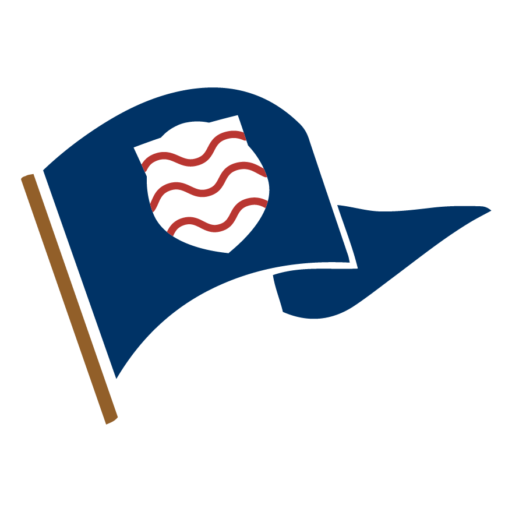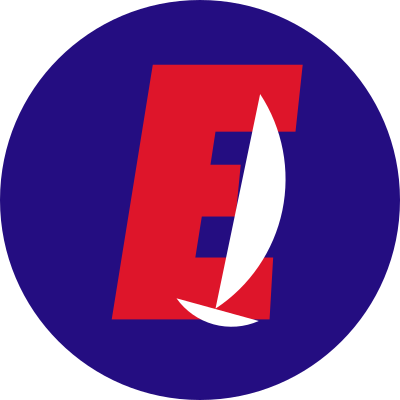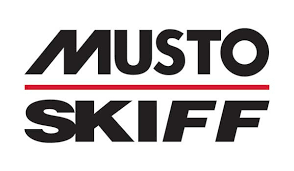
Our Facilities
A comfortable meeting place for all members.
The Grounds
The club grounds include the clubhouse, car park, camping and caravan park, keelboat trailer parking/winter storage park, keelboat moorings, two paved launch ramps (one with a winch) with piers, a floating sailability dock, dinghy park and launching beach.
During the sailing season, dinghies occupy the dinghy park and when the moored boats come out at the end of the season for winter storage, we ask members to remove their dinghies, where possible, to make room for the keelboats over the winter. The club is able to accommodate most storage requests, but all available space is regularly used.
The Clubhouse
ACCESSIBLE CHANGING ROOMS, SHOWERS, AND TOILET
The clubhouse includes a fully fitted kitchen, lounge with ample seating and a log burner to keep us warm on those chilly days. Just outside the kitchen and lounge are notice boards where all the usual information clubs gather can be found. Across the covered ally are separate changing rooms with hot showers for both ladies and gents and a fully fitted disabled unit with a toilet and accessible shower. Just outside the central alley, there are picnic benches and a large gas BBQ.
Up the stairs in the alley is a training/meeting room with AV resources for larger classes and prize giving.
There is no staff to clean up after us, so members are always welcome to use any part of the facilities if they tidy up after themselves.
Further down the building is a workshop with lockers, and a larger roll in storage shed where RIBs and some of the club boat rigs are stored.
The Camping Green and Caravan Park
Limited camping is available to members and their guests by arrangement on a first-come first-served basis for a small fee. Contact the Caravan Convenor at camping@lochearnsc.com for booking and more information.
There are also 30 static caravan pitches available to members. Members can apply for a plot after qualifying criteria are met, however, there is as you would expect, a significant waiting list.
The Camping Green and Caravan Park

Moorings
The club allocates locations where a mooring may be laid while individual members are responsible for purchasing their own ground tackle and laying their own mooring. The club maintains a small mooring barge/raft with a winch for laying and maintenance of moorings. Use of the raft and the laying and lifting of moorings is entirely at the member’s own risk, but there are many members happy to share their experience and help set new moorings once a location has been approved by the committee.
Members are responsible for ensuring their ground tackle is fit-for-purpose. Professionally designed moorings for deep, hard bottomed lochs are highly recommended.
Club bylaws require that all moorings must be lifted and inspected every four years.
The LESC keelboat fleet and committee are a very supportive bunch and more than happy to advise on sinkers, ground tackle, mooring buoys, and service providers.
The mooring field in winter after all keelboats have been packed away.

Parking and Storage
The club has a reasonable space for car parking. It can get busy on nice weekends or during events, and drivers must always be considerate of other vehicles (cars, boats, trailers, etc.) they may be blocking. Cars are not allowed near the clubhouse for safety except for equipment pick up and drop off or when using a blue badge.
The dinghy park is perpetually short of space and members may be asked to remove dinghies not regularly used. Near the keelboat ramp is tender storage and members are encouraged to use it so that the beach can be kept free for everyone’s use.
All members should be aware that water levels in the loch vary in the Autumn in particular, and every year boats left on the beach are lost. Storage at LESC is at the users own risk and the club assumes no liability for lost or damaged property.
Across the Tarken Burn bridge is space for trailer storage in the summer months and keelboats in the winter. Please be considerate of others when storing or moving your trailer.
Storage fees apply during the summer to member boats with a mooring stored on a trailer, and to all member boats stored on club grounds during the winter.

Accessibility
The LESC clubhouse includes a fully fitted disabled changing room with a toilet and accessible shower. The Sailability Dock assures sailing at our club is more accessible to all abilities of sailors. The committee would always like to hear requests and suggestions to make sailing at LESC more accessible: committee@lochearnsc.com.
The club fleet includes both sailing dinghies and motor boats for safety cover.
Club Boats
The club also maintains several motor boats as rescue and work boats.
There is no requirement for members to own a boat and due to space limitations, potential members without boats are more desirable. The club has several types of sailing dinghies for members’ use depending on skill, age, and comfort.
The RIBs (rigid inflatable boat) serve best as a rescue boat for dinghies while the slower, more powerful work boat provides for dock and mark maintenance as well as keelboat towing when needed. RYA Powerboat Handling certification is required to drive a club motor boat. Members are not permitted to launch or operate privately owned power craft from the club grounds including powered foil boards or efoils.

LESC Learn-to-Sail Boats
These boats are made of robust materials that can handle an accidental knock or two.

Optimist
The Oppy, or Optimist dinghy, is a small single handed dinghy that is intended for use by young people up to the age of 15. Our oppys are made of very durable, roto-moulded polyethylene that can handle learn-to-sail use. Our oppy fleet numbers about 10 boats.

Topper
Toppers are single handed dinghies that like Oppys are used in junior sailing for over 10 year olds or teenage sailors. Like the oppys, toppers are very durable, roto-moulded polyethylene that can withstand learn-to-sail use. Our toppers number about 19 boats and often spend the whole summer on the beach for easy launching.

RS Feva
The Feva is a basic double handed dinghy typically used for juniors over 12 years old that like toppers and oppy, are made of a durable, roto moulded polyethylene for learn-to-sail use. They are the only club dinghies with an asymmetrical spinnaker. Ideal total crew weight is 90 – 120 kgs.

Wayfarer
The Wayfarer is a larger, relatively stable sailing dinghy suitable for at least two but up to four adults and well suited to teaching adults. The club’s wayfarers are heavy and not as robust as the club’s other dinghies, so helmsmen not on a supervised learn-to-sail course need to have gained a minimum of RYA Dinghy Sailing Lvl 2 Certificate or equivalent experience.
LESC Advanced Boats
These boats are not as robust as the learn-to-sail boats but are also kept to a higher maintenance standard for competitive racing. Use of these boats by new members needs to be requested via email from the Sailing Secretary (sailing@lochearnsc.com).

Solo
The Solo is a single-handed racing dinghy suitable for sailors between 70 to 95 kgs and made in wood and/or GRP, so RYA Dinghy Sailing Lvl 2 certification is required for a member to use our solos. The solos each have a launching trolley.

420
The 420 is an advanced, double handed, trapeze boat for improving the skills of more experienced junior sailors, and should only be used under the supervision of the training principal or his deputy due to the increased risk of entrapment on capsize.






